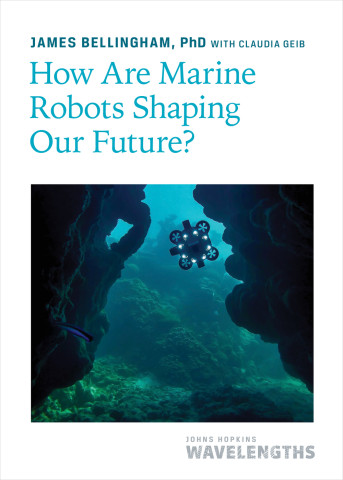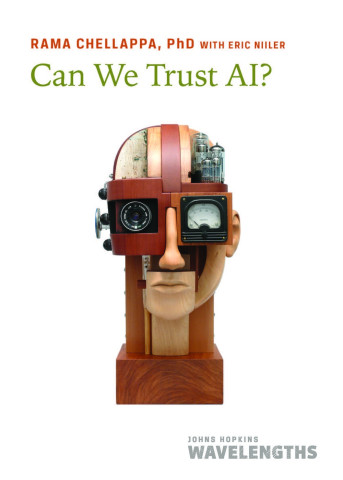What will robots discover as they gather life-supporting data and resources from the depths of Earth's oceans to the reaches of deep space?
Below the waves, the ocean remains a largely undiscovered realm, with only 25% of its features mapped in detail. What we know about its depths, we've learned with the help of deep-sea robots. The latest generation of their technologies play a critical role as we tap the ocean in new ways to sustain our food, energy, and resource needs. World-renowned robotics expert James Bellingham introduces readers to this compelling world of contemporary undersea...
What will robots discover as they gather life-supporting data and resources from the depths of Earth's oceans to the reaches of deep space?
Below the waves, the ocean remains a largely undiscovered realm, with only 25% of its features mapped in detail. What we know about its depths, we've learned with the help of deep-sea robots. The latest generation of their technologies play a critical role as we tap the ocean in new ways to sustain our food, energy, and resource needs. World-renowned robotics expert James Bellingham introduces readers to this compelling world of contemporary undersea exploration and the vital role autonomous robots play in corporate and governmental aquaculture management, climate data, energy source locations, shipwreck explorations, and much more.
Bellingham, an inventor who has led dozens of expeditions from the Arctic to the Antarctic, discusses how deep-sea research using autonomous underwater vehicles and drones can translate into future missions, including the exploration of oceans on other planets and their moons. These forbidding environments are difficult to access and are not easily conducive to life, making robots that can move, explore, and collect data—without the need for crews—critically important for research and the development of essential industries that support our survival.
Exploration robotics works on three frontiers simultaneously: scientific discovery, advanced technology, and extreme environments. Bellingham shares harrowing anecdotes from his work on all three, including weathering storms off the Antarctic Peninsula, breaking new ground in designing and deploying ocean robots that think and navigate for themselves, and seeing the ocean in a new light through the eyes of these technological proxies. Along the way, readers will develop a newfound appreciation for how robots are transforming exploration—and what these voyages mean for the future of humanity.
The more marine robotics extend our physical and intellectual capacities, the more they challenge us to redefine what it means to coexist with the world around us. The real revolution is just beginning, lying in how these machines will transform our understanding of our environments—allowing us to balance discovery with stewardship by supporting a thriving human society while safeguarding the ecosystems we depend on.
In classrooms, field stations, and laboratories in Baltimore and around the world, Johns Hopkins University professors are opening the boundaries of our understanding of many of the world's most complex challenges. The Johns Hopkins Wavelengths book series brings readers inside their stories, illustrating how their pioneering discoveries benefit people in their neighborhoods and across the globe in artificial intelligence, cancer research, food systems' environmental impacts, health equity, planetary science, science diplomacy, and other critical arenas of study. Through these compelling narratives, their insights will spark conversations from dorm rooms to dining rooms to boardrooms.








